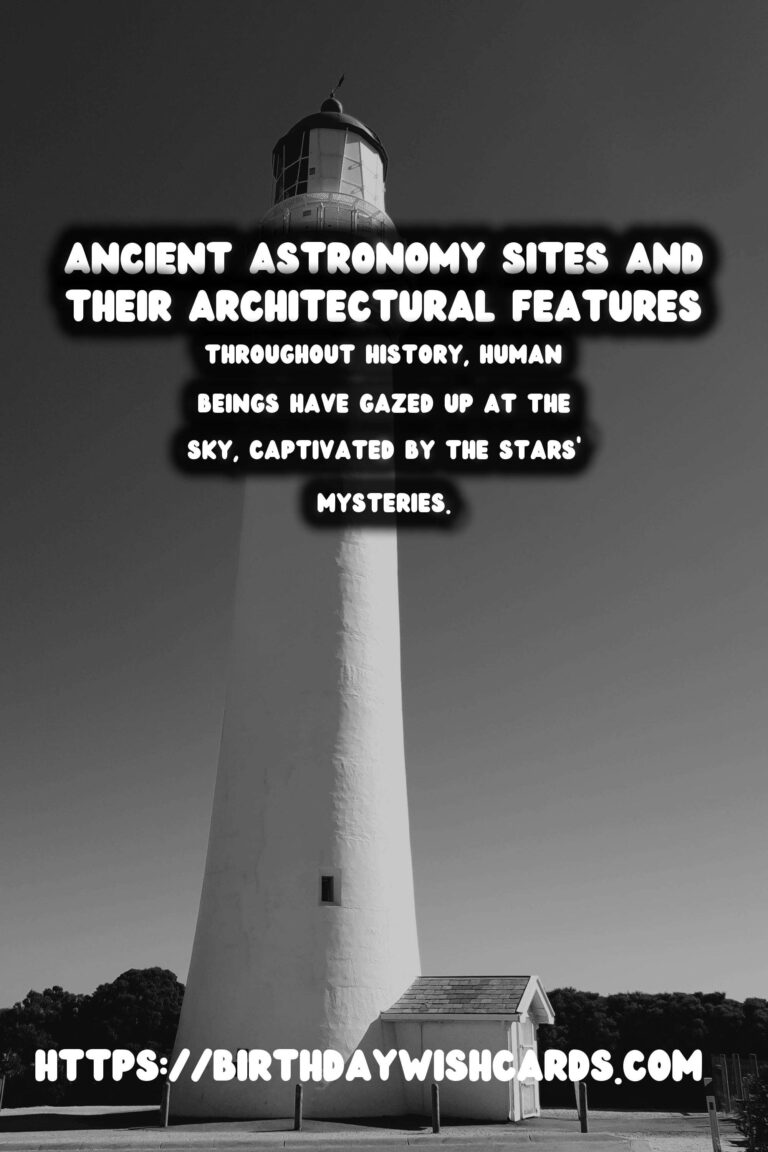
Throughout history, human beings have gazed up at the sky, captivated by the stars’ mysteries. Ancient civilizations across the world not only observed the heavens but also built impressive structures that aligned with celestial events. These sites illustrate a sophisticated understanding of astronomy long before modern science emerged.
The Significance of Ancient Astronomy
Before the age of digital technology and telescopes, the sky was a map and calendar for our ancestors. It guided agricultural practices, religion, and navigation. The stars were used to predict seasonal changes and were often worshipped as deities themselves. Thus, constructing sites that interacted with astronomical events was both a practical and a spiritual endeavor.
Stonehenge: The Megalithic Marvel
Perhaps the most famous ancient astronomical site, Stonehenge in England, comprises massive stones precisely aligned with the solstices. Despite being thousands of years old, questions about its exact purpose still ignite debate. However, it is agreed that Stonehenge served as an astronomical observatory and ceremonial site.
The alignment of the stones with the summer solstice sunrise and the winter solstice sunset was likely of great importance. This precise stone arrangement underscores the advanced understanding of astronomy by its builders.
Machu Picchu: The Incan Citadel
Perched high in the Andes mountains, Machu Picchu is another testament to ancient astronomical ingenuity. The Intihuatana stone, often referred to as a ‘hitching post for the sun,’ was used to mark important celestial events. This stone’s orientation is significant for synchronizing Inca ceremonies with the solar calendar.
The design of Machu Picchu’s sundial reflects the Inca’s complex understanding of equinoxes and solstices, showcasing their architectural prowess in marrying functionality with religious significance.
The Great Pyramid of Giza: Egypt’s Celestial Connection
The pyramids of Egypt, especially the Great Pyramid of Giza, are more than colossal tombs. Their precise alignment with the cardinal points and the stars evinces a systematic astronomical plan. The shafts within the Great Pyramid are believed to point toward specific stars, perhaps facilitating the pharaoh’s journey to the afterlife.
These architectural features imply a synchronization with cosmic cycles, underscoring the intertwining of Egyptian mythology and astronomy.
Chichen Itza: Maya Astronomical Acumen
The Temple of Kukulcán, central to the ancient Maya city of Chichen Itza, is an astronomical calendar built in stone. The pyramid is designed to cast shadows on the equinoxes, which results in a snake-like illusion descending its steps, reflecting the feathered serpent deity Kukulcán.
This site demonstrates the Maya’s profound understanding of celestial cycles. It’s an enduring monument to their astronomical and architectural excellence.
Nabta Playa: The African Stone Circle
Located in the Nubian Desert of southern Egypt, Nabta Playa predates Stonehenge and serves as one of the earliest known astronomical sites. This stone circle’s alignments emphasize the summer solstice, indicating its role as a primitive calendar and ceremonial center.
Nabta Playa’s structure is evidence of early humans’ quest to understand and predict the solar year, reflecting the complex societies and their astronomical skills.
Conclusion: The Legacy of Ancient Astronomy Sites
The remains of these ancient sites are more than just architectural wonders; they are testimonies to the intellectual achievements of past cultures. These ancient observatories offer insight into how early civilizations perceived their universe. Moreover, they remind us of the human spirit’s enduring quest to reach out to the heavens, seeking to comprehend the cosmic dance that envelops our planet.
The architectural features of these sites are marked by intelligence and creativity, immortalizing the ancient people’s timeless connection to the sky.
Throughout history, human beings have gazed up at the sky, captivated by the stars’ mysteries. The remains of these ancient sites are more than just architectural wonders; they are testimonies to the intellectual achievements of past cultures. 









#AncientAstronomy #HistoricSites




